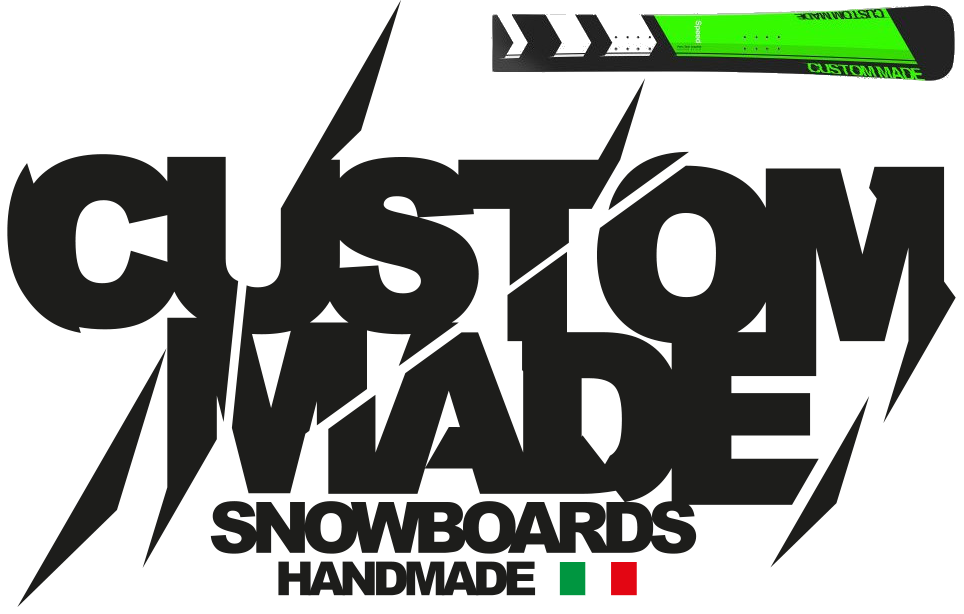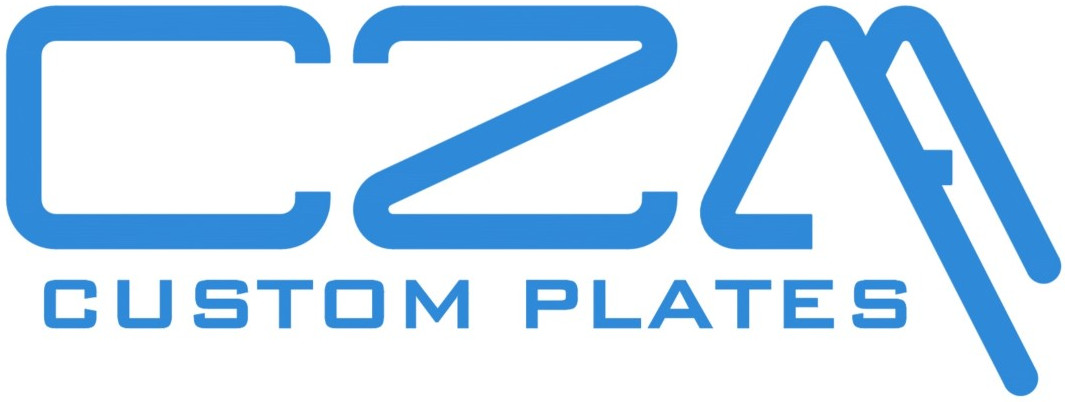It seems that more and more alpine snowboarding podiums are obtained on boards with metal in them. Most recently the Swiss dominance at the Olympics showcased snowboards utilizing metal in their construction. The use of metal in snowboards is nothing new. In fact, metals have been used in ski construction for more than forty years. There is one metal in particular that seems to be mentioned most and considered to be the best. That metal is known as Titanal®. What is this metal exactly and how does it affect the performance of a snowboard? This article will attempt to shed some light on this amazing material and how its properties are suited for snowboard construction.
Titanal® is produced by an Austrian company known as AMAG Rolling. This company has a sports division with a long history of providing high strength aluminum alloys for recreational manufacturing. AMAG Rolling describes Titanal® as follows : “ Titanal® is a high strength, age hardenable aluminum-wrought-alloy”. Contrary to what many people may believe, Titanal® is not titanium and in fact does not contain any titanium. The chemical composition of Titanal® in weight percent breaks down to approximately 88.5% aluminum, 1.7% copper, 2.5% magnesium, 7% zinc, and 0.1% zirconium. Knowing the chemical composition allows for a comparison of this alloy to other familiar aluminum alloys.
The Aluminum Association uses a system of four digit numbers to categorize different wrought aluminum alloys. The first digit in this system identifies the major alloying element, the second digit indicates modifications of the original alloy or impurity limits, and the last two digits identify the aluminum alloy or indicate the aluminum purity. Table 1 sheds some light on these designations. Knowing the major alloying element of Titanal® specifies the series this aluminum alloy falls into.
Major Alloying Element Series
Aluminum (Greater than 99.00%) 1xxx
Copper 2xxx
Manganese 3xxx
Silicon 4xxx
Magnesium 5xxx
Magnesium and Silicon 6xxx
Zinc 7xxx
Other Element 8xxx
Unused Series 9xxx
Table 1
The chemical composition of Titanal® lists the major alloying element as zinc at approximately 7%. This would mean that it would be similar to aluminum alloys in the 7xxx series. This indicates a material comparable to that used in the aerospace industry where high strength and low weight are of paramount importance.
Aluminum, like steel, is a ductile material. This means that the initial portion of the stress vs. strain curve is a straight line with a steep slope. The peak of this line is a point known as the yield point. The stress at this point is known as the yield stress (σy). After the yield point, the material undergoes further deformation up to the ultimate stress (σu) and continues on to the stress at which failure or rupture occurs (σB), also known as the breaking strength. A brittle material like glass, does not have a yield point, the ultimate stress equals the breaking strength. Figure 1 shows a comparison of typical stress vs. strain curves for ductile materials and brittle materials in tension.
It can be seen that a ductile material like aluminum can be highly stressed up to the yield point without failure. A comparison of the yield stress of structural steel, 7075-T6 aluminum and Titanal® is shown in Table 2.
Material Yield Stress (MPa)
Structural Steel (ASTM-A36) 250
Aluminum Alloy 7075-T6 500
Titanal® 580
Table 2
As can be seen from Table 2, aluminum alloys are very strong. This high strength coupled with low weight and ductility combine to make for an excellent material for snowboard construction.
A typical snowboard consists of a wood core sandwiched between layers of fiberglass. The fiberglass layers are typically a tri-axial or quad-axial glass. Once the epoxy has cured these glass layers form a composite matrix with the wood core. The reason that most manufacturers use tri-axial or quad-axial glass is to increase the torsional rigidity of the board. The more directions the glass fibers run, the better the composite is at resisting loads in those directions. This is where Titanal® makes such a difference. The use of a very thin layer of aluminum takes the place of the fiberglass. The tensile loads are resisted by the aluminum and the aluminum responds in all directions. The pathways for the load to be resisted are no longer limited to the directions of the glass fibers. Figure 2 shows a comparison of tri-axial fiberglass and Titanal®.
Figure 2
This is a highly simplified comparison but hopefully demonstrates the advantage of aluminum in a composite. Analysis of torsion in composites is a fairly advanced subject that typically involves some high end finite element analysis software and advanced engineering.
Why does Titanal® seem to be the aluminum alloy of choice for snowboard construction? One possibility is good marketing. Titanal® has a recognizable name with a reputation for quality and high performance. AMAG Rolling has been a pioneer in the use of aluminum for snow sports and has built a reputation as the supplier of choice. AMAG Rolling also provides Titanal® in very thin sheets (0.3mm and 0.4mm) which are best suited for snowboard construction.
Why are there not more snowboards with aluminum inside? The answer is two fold. One, fiberglass is cheaper, and in the highly competitive snowboard market cost is a controlling factor. Two, aluminum can be difficult to bond if not done correctly. One of the properties of aluminum that makes it easy on the eyes also makes it difficult to bond. Aluminum reacts with the atmosphere and oxidizes a very thin layer over its surface. This layer acts a protective coating and is the reason why many aluminum structures are not painted. This thin protective coating can make bonding with epoxy difficult. The epoxy will bond to the thin layer and then peel right off once cured. There are some physical and chemical processes employed to prevent this from happening. Most snowboard manufacturers have done the research and development to find the right recipe for good bonding. These challenges aside, more and more alpine snowboard manufacturers are building boards with Titanal® and alpine riders generally will pay the higher price for high performance products. Look for more Titanal® boards to start appearing in boarder-cross as race technology spills over to this rapidly growing segment of the snowboard market.
So now we know that Titanal® is a propriety high-strength aluminum alloy and that it can greatly improve the torsional rigidity of a snowboard. If you get the chance, take a Titanal® product out for a test run and see if you can feel the difference.
– Jared Quilter





